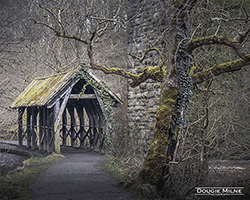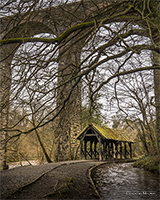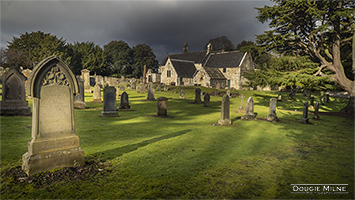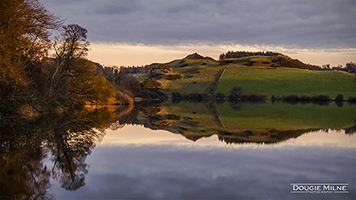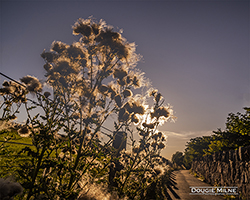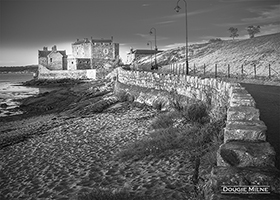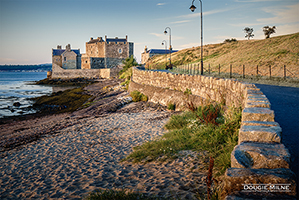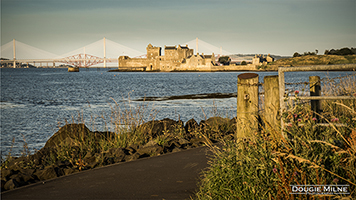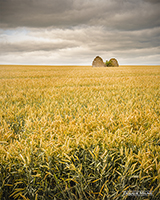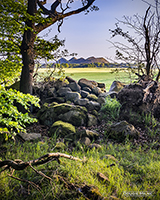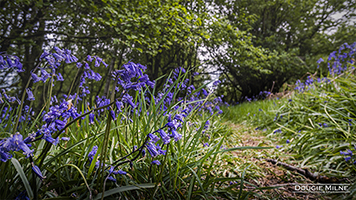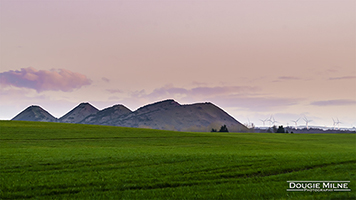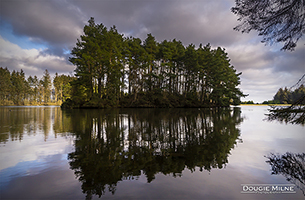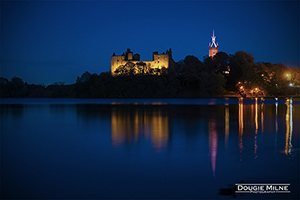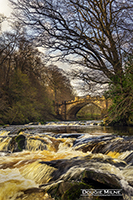West Lothian Wall Art
When people think of West Lothian, if they think of it at all, they think of industry and grime, huge mounds of spent shale, collieries and mining. Sitting to the west of Edinburgh, sandwiched between the southern shore of the Firth of Forth and the ever-present majesty of the western Pentlands, it's an area that is there to be passed through on the M8 from Edinburgh to Glasgow, or on the M9 to Stirling and the Western Highlands. Others, on the route from Edinburgh across the Forth to Fife and on to Perth and the Eastern Highlands, bypass it altogether. But those who speed through this hauntingly beautiful county, hermetically sealed in their tiny metal boxes, are missing some of the finest scenery in lowland Scotland. The lochs and forests of the Bathgate Hills are a veritable Trossachs in miniature; the view from the top of Cockleroy Hill, right across Scotland's central belt from the Isle of May in the east to the Isle of Arran in the west, and north-west to Ben Ledi and the real Trossachs, is a true panorama. West Lothian is an area rich in history. Prehistoric Stone Age and Bronze Age man, the Romans, kings and queens of both Scotland and England, Covenanters, Jacobites and Industrialists have all left their mark here. The House of Stewart, probably the greatest Royal dynasty in British history, built its palace here at Linlithgow, and its most famous member, Mary Queen of Scots, was born there. Other chateaux and manor houses clustered around the Royal residence, at Calder, Kipps, Houstoun, Binns, Ochiltree, Midhope, Niddry and Kingscavil. The area was, it could be argued, the birthplace of the Industrial Revolution and the industries that grew up in the 18th, 19th and 20th centuries have left their mark on the landscape. Coal was mined in West Lothian for eight centuries, and later, silver was also found in abundance. And when James 'Paraffin' Young invented a process to extract crude oil from shale in the mid-19th century, the county became home to the world's first oil boom. The shale bings, the huge mounds of spent shale that were the waste product of Young's process, are listed structures now, of significant historic importance, and they are being reinvented as wildlife havens. The old railway lines that served these long-gone industries have left many walking routes behind them.


